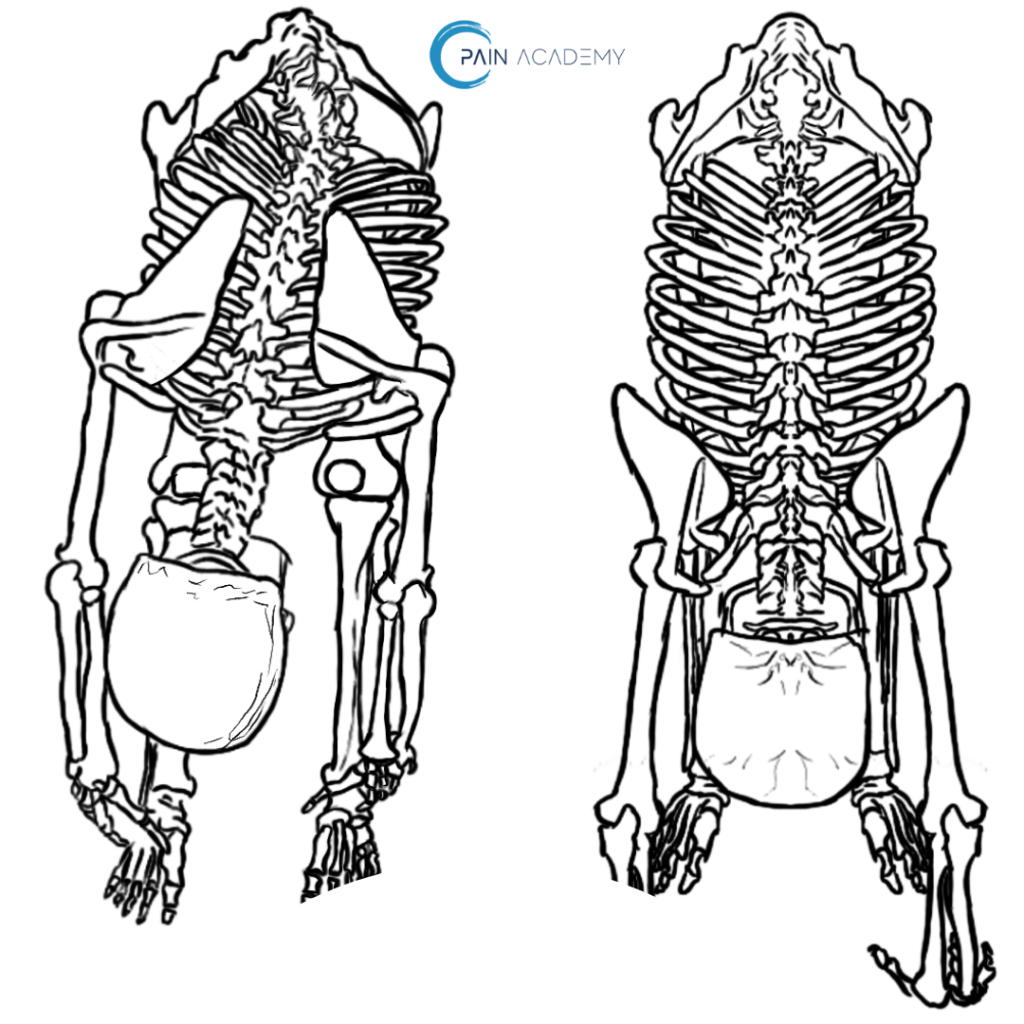
How often do you use both hips at the same time?
Sitting, standing, squatting, and bending forward are just a few of many activities and things we do where we ask both hips to move and work together.
The way someone bends forward reveals how all 58+ muscles that make up the lumbo-pelvic-hip complex work together…or in this case, don’t work together.
Observe someone picking something up off the floor – most of the time people will usually use one arm to place on the same knee, because that hip/side doesn’t or can’t bear as much weight/load so the shoulder jumps in to help that hip out.
Another important idea here is that range of motion is not the key to resolving pain.
Nothing magical happens just because you can touch your toes — in fact some of the people I work with have incredible levels of flexibility and ranges of motion, yet hurt like hell when they bend forward.
Because it’s not the range, it’s how you get to that range that matters.
Take this young lady for example.
You can see she has the range to bend forward, but when she bends, it’s easier to move more through her right hip and right side than it is to move through her left side — so when she bends, she’ll take the path of least resistance, the one easier to travel. It takes far less energy to move in the direction of your imbalance than to go through it.
This continual moving more through the right, tends to stack up over time and create a tug-of-war with spine, hip, pelvis, and shoulder mechanics.
Imbalance settles in, and pain isn’t far behind.
Teaching both sides to work better together, allows her to naturally move down the middle without thinking about it — a subconscious movement change.
Shifting to the right, would now take more effort and feel weird/imbalanced.
The path of least resistance now is down the middle where it should be allowing her to have full access to the muscles on both side of her body ultimately yielding better performance with less pain!
You can learn more about this functional test as well as learn how to restore balance and function in our Movement Therapy Online Program!